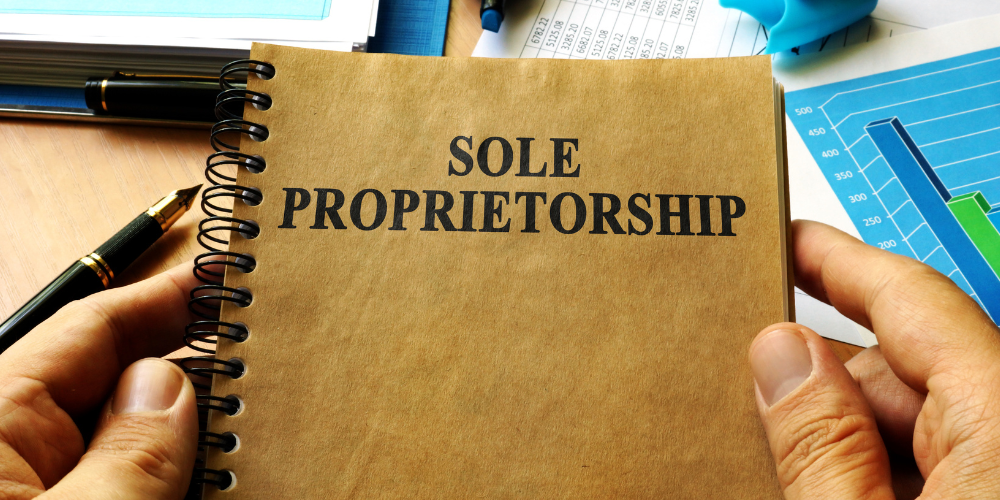How to Pay Yourself as a Sole Proprietor (So You Can Buy Ice Cream)
July 21, 2017

Sometimes it can be confusing how to properly withdraw money from your business and record the transaction in Xero. Below are the top questions that I get asked on this topic. Let’s tackle them one at a time.
First, what the heck is a “Sole Proprietor”?
Per the IRS “A sole proprietor is someone who owns an unincorporated business by himself or herself. However, if you are the sole member of a domestic limited liability company (LLC), you are not a sole proprietor if you elect to treat the LLC as a corporation.” If you file a Schedule C as part of your 1040 you are a sole proprietor. Now that we have that cleared up, on with the blog.
When I withdraw money from my business, is it an expense of the business?
No, when you pay yourself as a sole proprietor your withdrawal is not an expense of the company. Instead, it is an owner’s draw (aka owner’s distribution, more detail on these below). This withdrawal reduces the amount of cash in your company but does not create an expense.
Do I need to pay myself a paycheck and take out payroll taxes?
No, in fact, the IRS says it is unacceptable to pay yourself, the business owner, a wage. But, taking a draw from the company is perfectly acceptable. This may sound confusing; so, let me explain. You might write yourself a check at the end of each month for, let’s say $3,000. As a sole proprietor, this is not a paycheck, not a wage, it is an owner’s draw. What is the difference? Wages are paid to employees on a paycheck and are subject to income tax and payroll tax upon payment. Owner’s draws are paid to business owners but are not subject to income tax and payroll tax upon payment. As a sole proprietor, you will not pay tax based on your owner’s draws; instead, you will pay tax based on your business’s net income. Therefore, you do not pay taxes each month that you write yourself that $3,000 check. You should pay estimated taxes to the IRS each quarter based on the net income that you estimate your business has produced. At the end of the year, you will file your tax return which reconciles your estimated payments to the amount you actually owe.
How much should I take out of the business as an owner’s draw?
The amount that you should be taking out of your business varies from business to business and has everything to do with the amount of cash available in your business. If you are in a growth stage and you need to invest in your business, you may not be able to take any money out of your business. For example, if you are a retail or e-commerce business you probably need enough cash on hand to purchase inventory. You will always need to monitor and plan your cash flow needs. Budgeting can also be a great tool to help you determine how much you can take out of the business as an owner’s draw. Cash flow can be complicated but Xero has a lot of helpful tools and we can help develop a cash flow and budgeting process for your business.
So there you have it. I hope you feel a little bit smarter😊
Disclaimer – Everyone’s tax situation is different. You should always consult your tax advisor on tax matters to ensure you are in compliance.
Have a related topic you’d like to learn more about? Share it with us, so we can add it to our blog!


